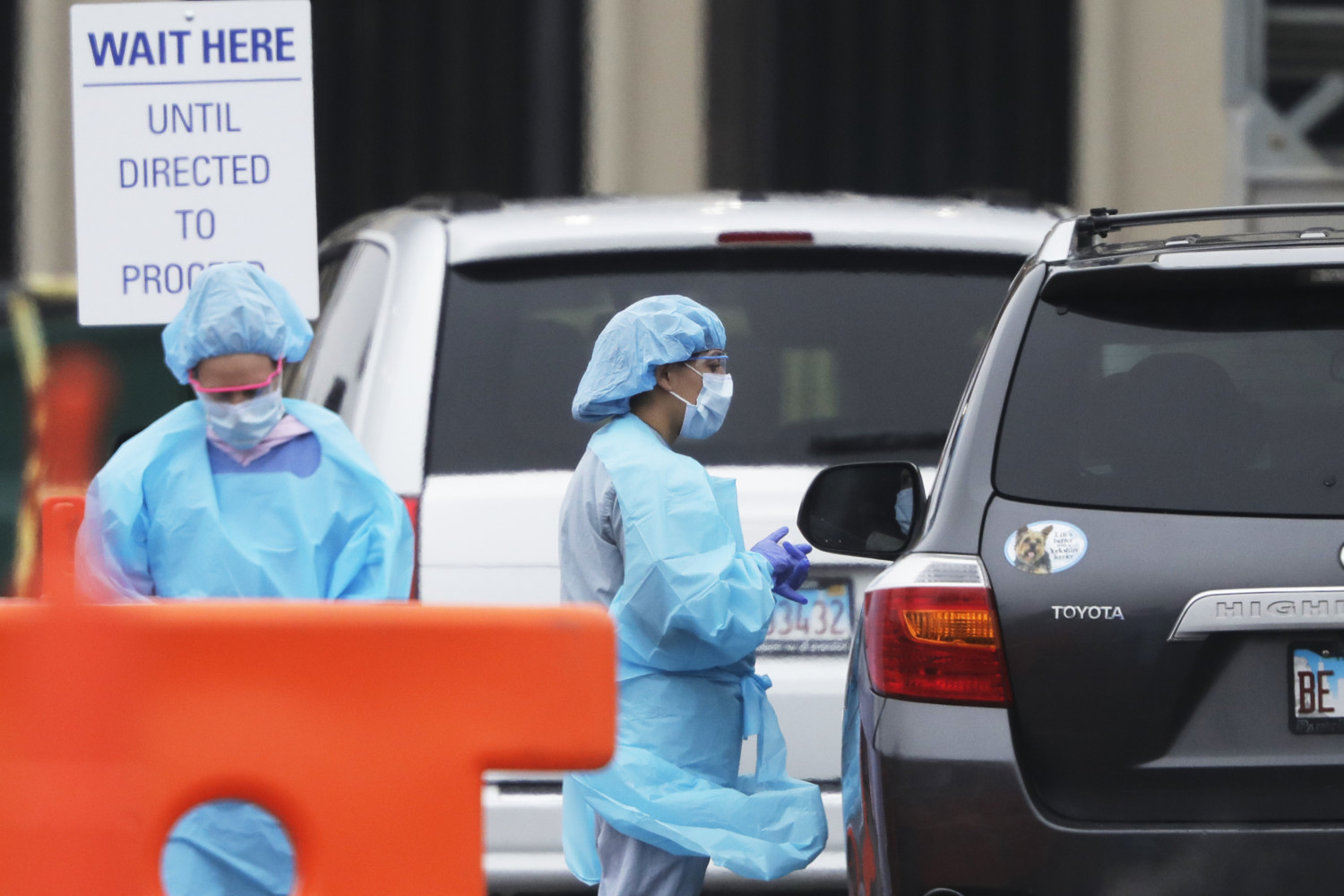With many kids in the U.S. set to return to school and daycare this fall, parents and teachers are keen to know just how much of a risk young kids are at, both in terms of catching and spreading the coronavirus.
A new study, published in JAMA Pediatrics last week, found that infected children under the age of 5 can have between 10 to 100 times the amount of the coronavirus in their noses and throats than adults.
Researchers in Chicago carried out swab tests on 145 patients who tested positive for COVID-19 between March 23 and April 27, then divided them into three groups. The first group was made up of 46 children under the age of 5, the second group had 51 kids between the ages of 5-17, and the third group had 48 adults aged 18-65.
Although the finding that young kids can have up to 100 times more virus than adults may be startling, it’s important to note that this was a small study, which didn’t test for the live virus but for the presence of viral nucleic acid. There’s still no direct evidence that young children are more contagious than adults.

However, researchers wrote that their study shows that children “can potentially be important drivers” in transmission.
Lead author Dr. Taylor Heald-Sargent, pediatric infectious diseases expert at the Ann and Robert H. Lurie Children’s Hospital of Chicago, told The New York Times, “We can’t assume that just because kids aren’t getting sick, or very sick, that they don’t have the virus.”
Other studies have found that children 9 and under are less likely to spread COVID-19, such as a recent study out of South Korea, published by the Centers For Disease Control and Prevention, which reported that household transmission of the coronavirus was “high” for youngsters between 10 and 19 years of age. On the other hand, household transmission rates were lowest for patients aged 0 to 9.
This story originally appeared on Simplemost. Checkout Simplemost for additional stories.



